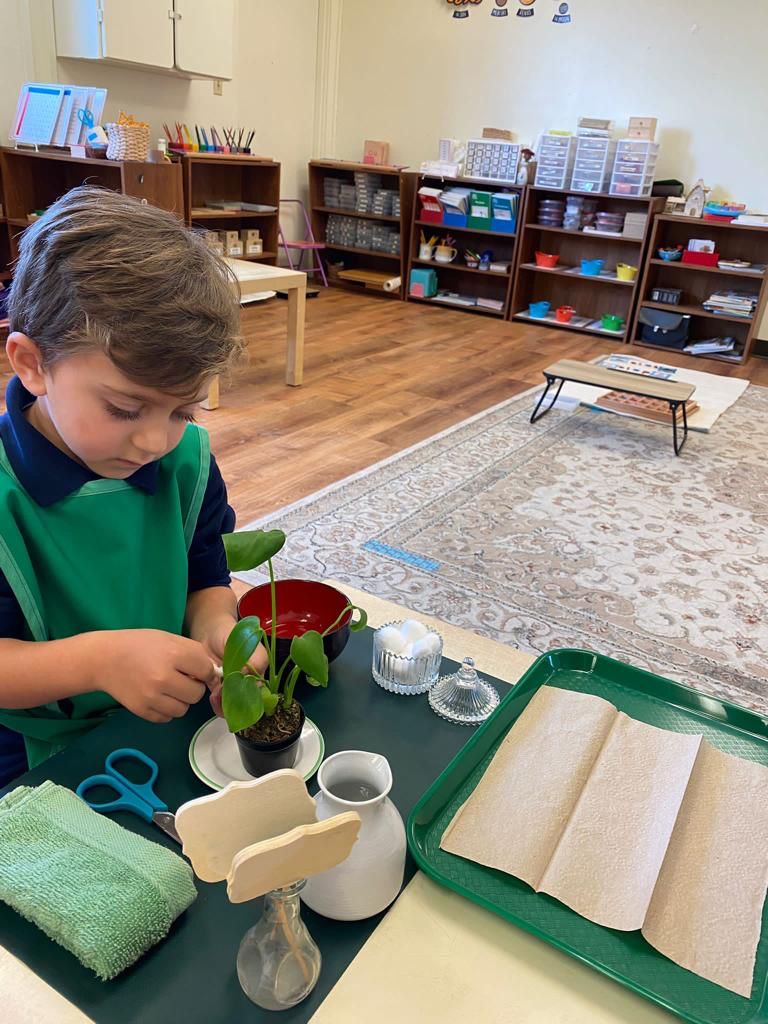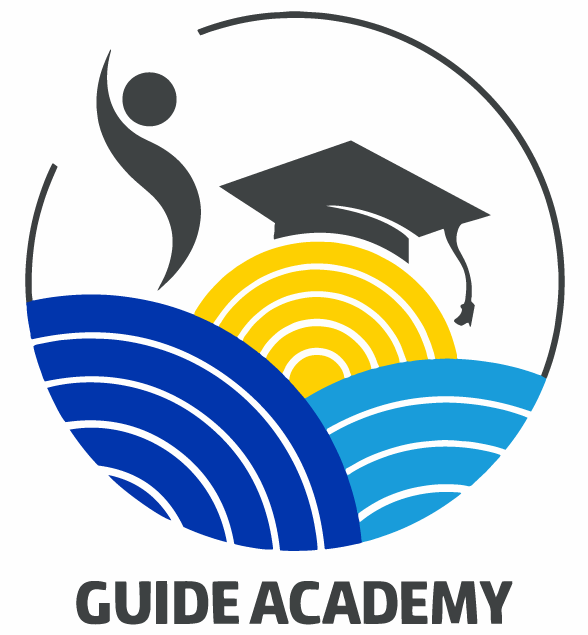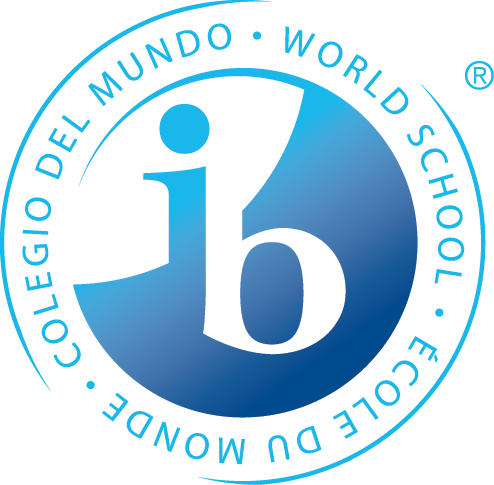This article helps parents to know what to look for when choosing their children preschool. From classroom environment to curiosity engagement and even the direction of the class, the education varies in several aspects in a Montessori preschool from a traditional one.
 A traditional preschool classroom is full of colourful toys and commercialized posters of letters, numbers, shapes, calendars, and birthdays. You can see wall decorations, colourful rugs, tables, chairs, blocks, puzzles, cars, and dolls everywhere. There are some bulletin boards displaying children’s work where they all look like the same project. For a play-based center, you can expect all these colourful items!
A Montessori classroom looks different. The Montessori classrooms have five different curriculum areas: Practical Life, Sensorial Development, Math, Language, and Cultural (Art, Science, Geography). The classroom is organized and uncluttered in a way that avoids any kind of disturbing and shows that this is a learning space. There are more muted tones and less visual stimulation. Teachers have placed all the wall decorations lower to be at the children’s eye level. There are a lot of child-sized seating options for students.
A traditional preschool classroom is full of colourful toys and commercialized posters of letters, numbers, shapes, calendars, and birthdays. You can see wall decorations, colourful rugs, tables, chairs, blocks, puzzles, cars, and dolls everywhere. There are some bulletin boards displaying children’s work where they all look like the same project. For a play-based center, you can expect all these colourful items!
A Montessori classroom looks different. The Montessori classrooms have five different curriculum areas: Practical Life, Sensorial Development, Math, Language, and Cultural (Art, Science, Geography). The classroom is organized and uncluttered in a way that avoids any kind of disturbing and shows that this is a learning space. There are more muted tones and less visual stimulation. Teachers have placed all the wall decorations lower to be at the children’s eye level. There are a lot of child-sized seating options for students.
Introduction
Choosing your child’s first school can be a difficult task. Because as a parent, you do not want to send your child to any kind of old preschool. But you want to send them to a school that cares for them, put them on the right academic track and establish a love of learning that will last throughout their lifetime. Many of you want your children to continue being independent learners even in the higher grades. Now, if you are considering Guide Academy Montessori School for preschool, you may wonder what Montessori education is like compared to a traditional preschool. Today, we will look at Montessori vs traditional preschool to inform parents about the differences between these two types of education.• Traditional vs Montessori Classroom environment
 A traditional preschool classroom is full of colourful toys and commercialized posters of letters, numbers, shapes, calendars, and birthdays. You can see wall decorations, colourful rugs, tables, chairs, blocks, puzzles, cars, and dolls everywhere. There are some bulletin boards displaying children’s work where they all look like the same project. For a play-based center, you can expect all these colourful items!
A Montessori classroom looks different. The Montessori classrooms have five different curriculum areas: Practical Life, Sensorial Development, Math, Language, and Cultural (Art, Science, Geography). The classroom is organized and uncluttered in a way that avoids any kind of disturbing and shows that this is a learning space. There are more muted tones and less visual stimulation. Teachers have placed all the wall decorations lower to be at the children’s eye level. There are a lot of child-sized seating options for students.
A traditional preschool classroom is full of colourful toys and commercialized posters of letters, numbers, shapes, calendars, and birthdays. You can see wall decorations, colourful rugs, tables, chairs, blocks, puzzles, cars, and dolls everywhere. There are some bulletin boards displaying children’s work where they all look like the same project. For a play-based center, you can expect all these colourful items!
A Montessori classroom looks different. The Montessori classrooms have five different curriculum areas: Practical Life, Sensorial Development, Math, Language, and Cultural (Art, Science, Geography). The classroom is organized and uncluttered in a way that avoids any kind of disturbing and shows that this is a learning space. There are more muted tones and less visual stimulation. Teachers have placed all the wall decorations lower to be at the children’s eye level. There are a lot of child-sized seating options for students.
• Traditional vs Montessori Curiosity Encouragement
The traditional classroom also emphasizes primarily academic development versus social-emotional development. Traditional classrooms teach lessons that do not involve active participation and limit a child’s ability to discover. The focus is on passive listening and learning and memorizing the information presented by their teacher because children must learn to pass the tests! On the other hand, in Montessori education, all lessons are hands-on and active. Children have the freedom and curiosity to explore and learn to better understand the world around them because all children learn in different ways. So, the teacher adapts lessons to children’s learning needs and goals on their academic abilities and developmental stage through observation.• Traditional vs Montessori Direction of the Class
In a traditional preschool classroom, the teacher is like the leader of the pack and the central figure. The teacher must teach the same lesson, at the same pace, in the same order, for all students through the day’s schedule. She is responsible for ensuring that every student participates in different activities and that all the children follow the guidelines set by the school and the curriculum. On the contrary, in a Montessori classroom, the emphasis is on the child. The teachers act as guides and consultants to students helping them along their learning path. The teachers follow the individual child’s interests using observation. Also, the children learn at their own pace and are guided by their own interests. They are free to make choices about how they spend their time, but not without some boundaries set by the teacher. Montessori encourages freedom within limits and a sense of order through the design of the prepared environment.Conclusion
Children who begin their academic careers in a Montessori classroom are more responsible and intelligent. They are eager to learn and discover new things, which can position them for educational and personal success throughout their lives. If you believe Montessori schooling is best for your child, save your time and find a school in your local area! But if you are not sure, recommendations from friends and online reviews can help you. Even you can research the preschools in the area. Consider the preschool’s philosophy, daily routine and schedule, mission statement and goals, teacher credentials, safety and discipline, and the cost. Then, take an online tour, or to get a better feel, you can visit the school during a typical school day.QUICK LINK
ACADEMICS
CONTACT US
CONTACT
- (714) 603-7811
- 1 (657) 208-3027
- info@guideacademy.org
- 121 S Citron St, Anaheim, CA 92805


